
The Moon in Astrology: Meet Luna
 The Moon in astrology is connected to emotions, security, and holding on to all of your nostalgic feelings from the past. The ancients referred to it as the depository of memories, reflections, recollections, and dreams. Grant Lewi wrote in Astrology for the Millions: “Thoughts that do often lie too deep for tears” are the thoughts of your Moon’s nature. The wordless ecstasy, the mute sorrow, the secret dream, the esoteric picture of yourself that you can’t get across to the world or that the world doesn’t comprehend or value—these are the effects of the Moon in your horoscope. When you are misunderstood, it is your Moon nature, expressed imperfectly through the Sun sign, that you feel is betrayed. When you know what you ought to do but can’t find the right way to do it, it is your Moon that knows and your Sun that refuses to react in harmony. In ancient Rome, Luna was Latin for “Moon”. Astrology teaches us that the Sun and Moon are the ultimate power couple – they’re the yin to each other’s yang, the night to each other’s day, and the most important parts of our psyche.
The Moon in astrology is connected to emotions, security, and holding on to all of your nostalgic feelings from the past. The ancients referred to it as the depository of memories, reflections, recollections, and dreams. Grant Lewi wrote in Astrology for the Millions: “Thoughts that do often lie too deep for tears” are the thoughts of your Moon’s nature. The wordless ecstasy, the mute sorrow, the secret dream, the esoteric picture of yourself that you can’t get across to the world or that the world doesn’t comprehend or value—these are the effects of the Moon in your horoscope. When you are misunderstood, it is your Moon nature, expressed imperfectly through the Sun sign, that you feel is betrayed. When you know what you ought to do but can’t find the right way to do it, it is your Moon that knows and your Sun that refuses to react in harmony. In ancient Rome, Luna was Latin for “Moon”. Astrology teaches us that the Sun and Moon are the ultimate power couple – they’re the yin to each other’s yang, the night to each other’s day, and the most important parts of our psyche.
Back in the day, astrology used to refer to the Moon as the ultimate vault for all your deepest musings, emotions, and reveries. If you ever find yourself knowing something without even thinking about it, you can thank the Moon for that. It’s where your innermost self resides, where your creative talents flourish, and where your gut feelings come from. The Moon is quite the master of imagination, inspiring you to conjure up both your wildest dreams and your worst nightmares.
The celestial body represents the emotional and feminine self—the part that is dark, mysterious, magnetic, and bewitching. Women are like this glowing light, mysterious and captivating, only revealing their true beauty when everything else is in the dark. The Moon goddess within reigns supreme over all things emotional, feminine, and mystically inclined. In the Tarot, this body is ruled by the High Priestess, a mystic who holds the secrets of the universe. It is not uncommon for women, in particular, to be given the lunar gift of powerful intuition, a power often bestowed upon the fairer sex.
It looks like the Moon is not just a pretty face in the sky; it’s also the ruler of our bodily fluids, just as the tides draw in and out of the shore. Thus, this body is connected to our hormones, the menstrual cycle, stomach, breasts, ovaries, womb, pregnancy, and childbirth. The Moon is the celestial queen who reigns over the miraculous processes of life and death. All hail the lunar cycle! An interesting study by Louann Brizendine on the female brain worked with women suffering from the extremes of premenstrual syndrome, and she was stunned by the extent to which hormones shaped the dramatic changes in the female brain. Many of the hormonal changes were the result of the dramatic transition from girlhood to adolescence, adulthood, motherhood, and menopause.
The areas of the brain dealing with language and hearing, women had 11 percent more neurons than men, and the part of the brain associated with memory, the hippocampus, is also larger in women. The ability to observe emotions on other people’s faces is again larger compared to the male. In relation to speech, emotional intelligence, and the ability to store rich memory, women have a natural advantage…Women’s brains have also evolved to deal with possible life threatening situations but in a different way. The female brain experiences greater stress over the same event as a man’s and this stress is a way of taking account of all the possible risks to her children or family unit. This is why, Brizendine suggests, a modern woman can view some unpaid bill as catastrophic as they seem a threat to the family’s very survival. 50 Psychology Classics
The Moon has a connection with the part of us that seeks refuge and safety, as it is the ruler of many types of containers (including cradles, shells, bowls, and boats). It represents the parts of ourselves that are vulnerable and in need of protection and care; it also represents the intense desire for connection, deep vulnerability, and dependence. It symbolises the nurturing and dependent sides of ourselves, the mother and baby, and also the discomfort, emptiness, and dread of loneliness we experience when we don’t feel like our needs are being satisfied. When the kids fly the coop, the Moon becomes the ultimate symbol of an empty nest – cue the sad face emoji.
Our Lunar emotions, which include sadness, joy, worry, fear, and anxiety, wax and wane and have powerful influence over the things we require to feel secure. The Moon is the ruler of the night sky and, by extension, of our emotions, whether those emotions be subtle and omnipresent or oversensitive and overpowering. When we pay close attention to our Moon Sign and house/aspects, we can learn where our sensitivity is heightened. The phases of the Moon describe the emotional dance happening in the subconscious: Our moods don’t always have a clear cause and are driven by a lot of the darker, unknown elements of the self.
Whenever we reach a peak moment in life, a full Moon moment when things come to fruition, we can be certain that there is something in the past which has led to this moment, a hidden beginning when the seed was sown in the dark of the Moon and a time of promise and development when the Moon was in its crescent phase. And we can also be sure that there is a future when decay sets in, and the cycle must continue to its inevitable end because nothing in mortal life remains the same. Then, as the Moon wanes and the moment passes, we look back to the past, and the feeling of the body growing older reflects this looking back to the crescent Moon with its unlived potentials…there is a deep poignancy and melancholy attached to the Moon. The Luminaries: The Psychology of the Sun and Moon in the Horoscope (Seminars in Psychological Astrology)
The Moon reigns over the nighttime hours and the introspective look at our own selves; she is sometimes called the Mirror of our universe because she constantly reflects, shimmers, and absorbs our image. The Moon was the primary source of lighting for roadways in the days before street lamps, lights, and electricity, giving the world an almost black and white nostalgic feel. This ethereal ambiance gave the evening scene a ghostly appearance, especially when the Moon’s shadows were cast over the cities and made them look opalescent against the blackness of the sky.
It’s not our conscious thoughts and actions that the Moon rules, but rather our unconscious reactions to the world around us. The Moon’s illumination sheds light on the constant flow of an individual’s everyday emotions, while the Sun is considered as an equally powerful force that complements the Moon. How could we ever know who we are (Sun) without our past experiences (Moon)? Everything about us that is secret, concealed, cyclical, phasic, moody, habitual, or otherwise virtually instinctual is governed by the Moon.
The Moon, with its gentle glow, illuminates the ebb and flow of our daily emotions. It’s like a cosmic nightlight for our feelings.
There is a tribal side to the Moon’s nature, one that is devoted to the family name, clan, children, home, tradition, and nation, and the lunar half of us is gloomy and snappish, especially when feeling threatened. There is a part of us that is terrified of the alien and unfamiliar because it threatens our familiarity with our past, our roots, and our heritage.
The Moon governs our appetites and our emotional states, and she has been linked with issues like binge eating (to which women are especially prone), dieting, and the need for sweet treats like chocolate and ice cream when we’re feeling down. The Moon is the compassionate aspect of our nature that yearns to feed and nurture the weak and vulnerable. The luminous side of us is sensitive to the needs of others and one’s own soul, so we naturally seek for means of self-soothing and caring for our more fundamental needs and desires.
It looks like the Moon has a lot on her plate, from controlling our cravings to being the queen of comfort food. No wonder women are over the Moon for chocolate and ice cream when they need a little pick-me-up! The Moon is like that one friend who always knows when you need a hug and a pint of ice cream. We all have a light side that shines through when we’re in tune with our own needs and the needs of others. It’s like we have a built-in self-care radar that helps us find ways to soothe our souls.
Last but not least, the Moon has a reputation for bringing out the crazy in people, especially during Full Moons, and many weird beliefs surround this celestial body. To provide just one example, it is widely believed that if a pregnant woman sits with her face oriented towards the Moon, her child will be a lunatic. If only your mother had known, maybe she would have avoided those late-night lunar gazing sessions. More myths about the supposedly foretelling nature of this celestial body involve the Moon’s phase at the time of birth and the effects on the child’s life and sex. The phases of the Moon are similar to the cycle of life, in which every end has a new beginning and everything comes full circle; similarly, the Wheel of Fortune card represents the shifting fortunes of humankind.
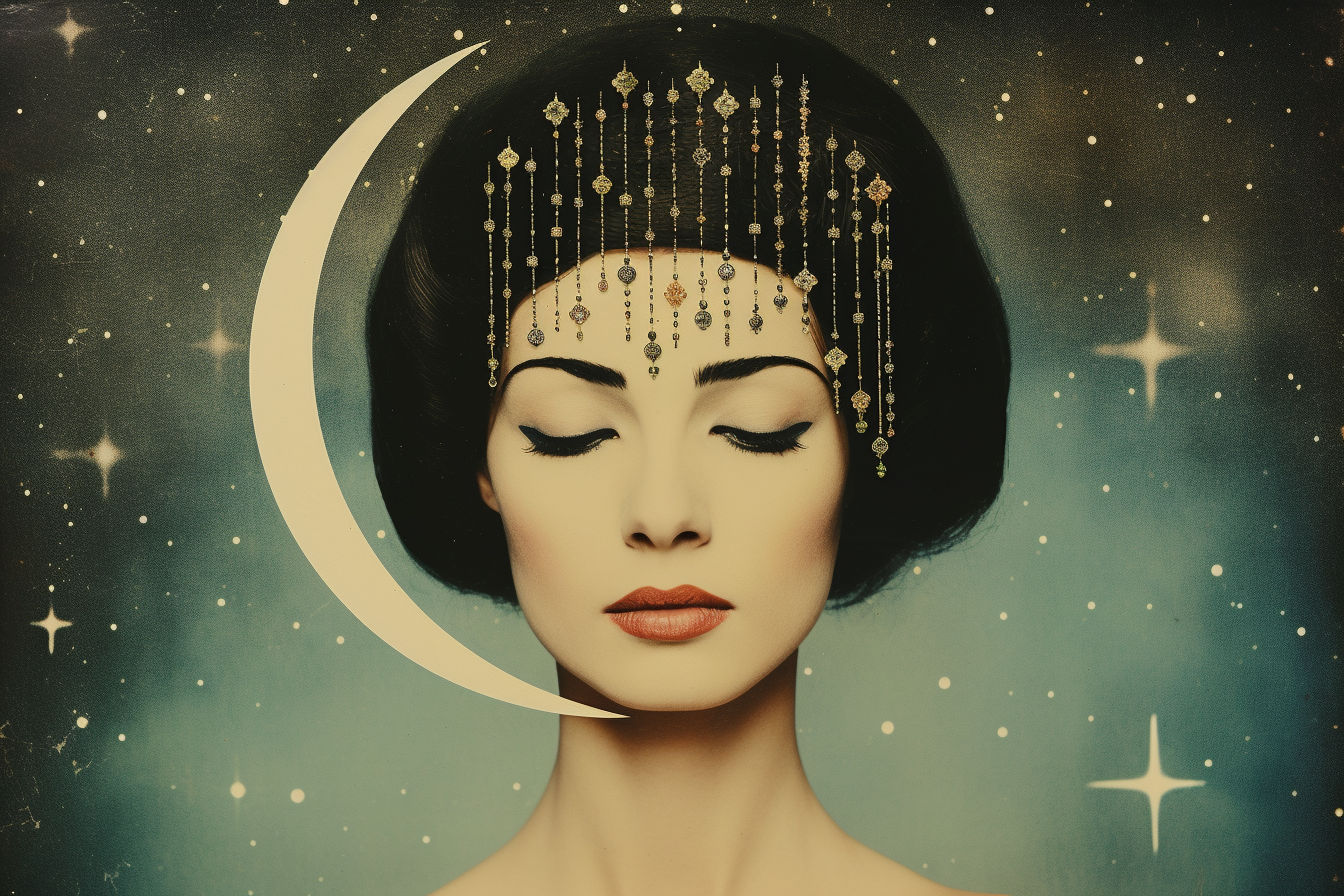
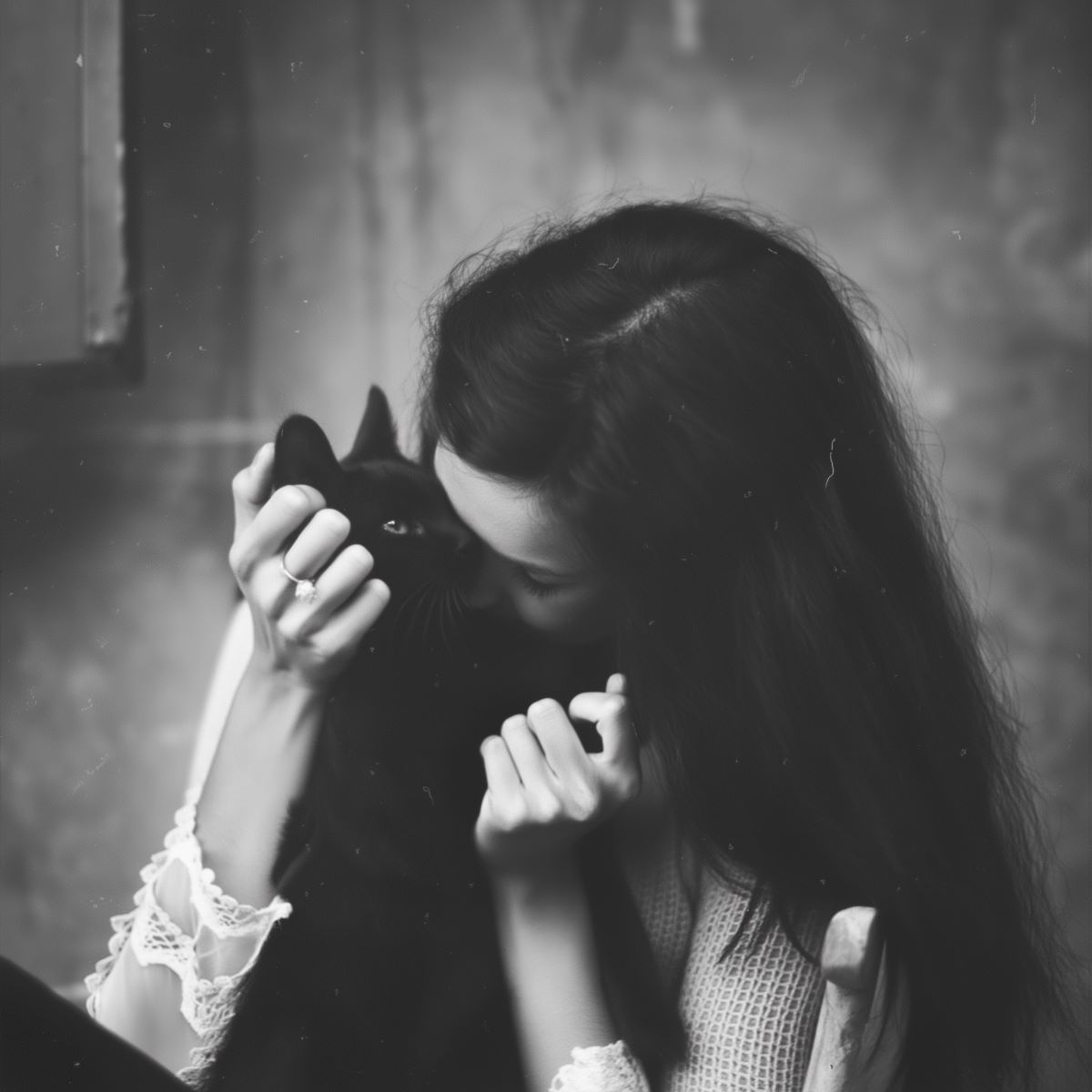
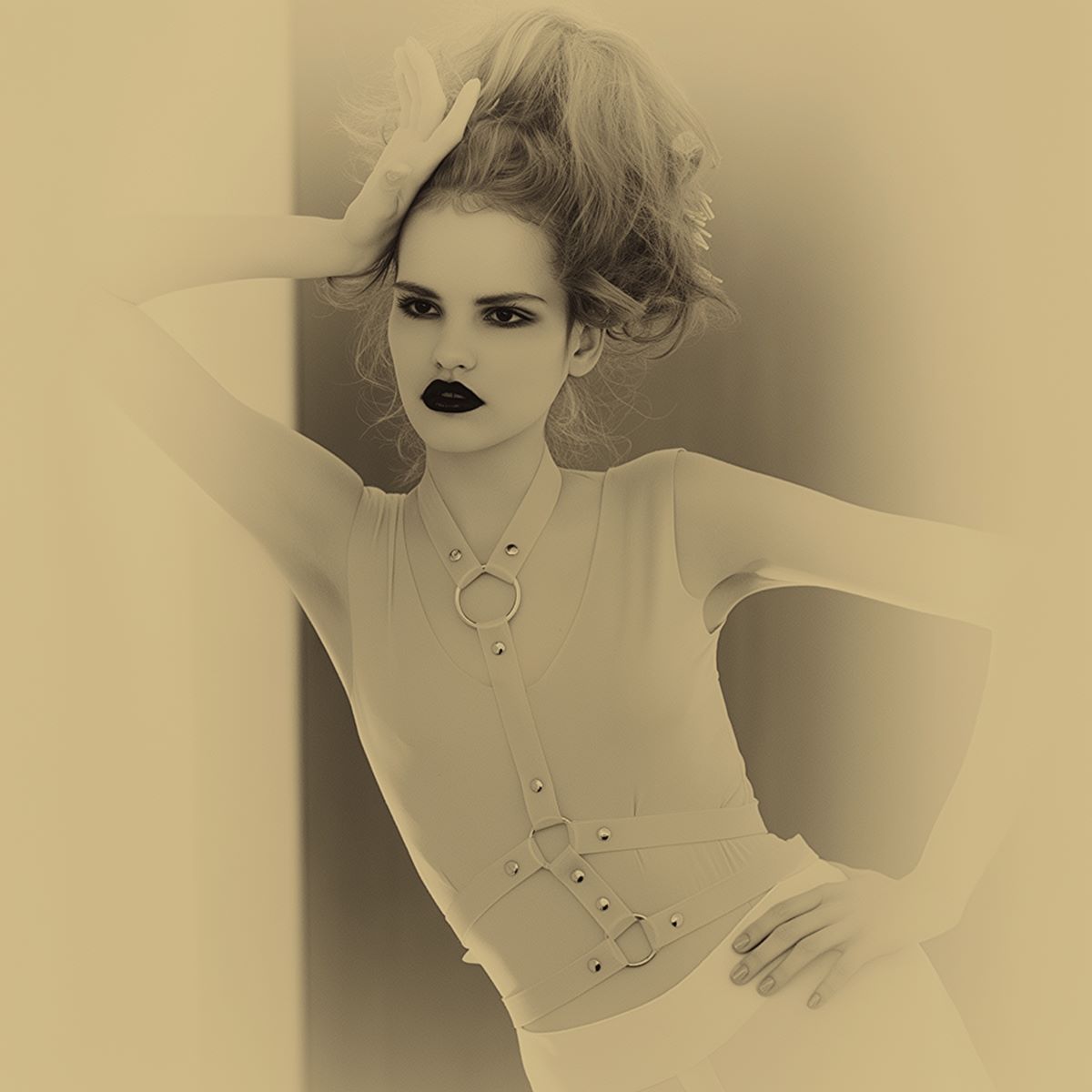
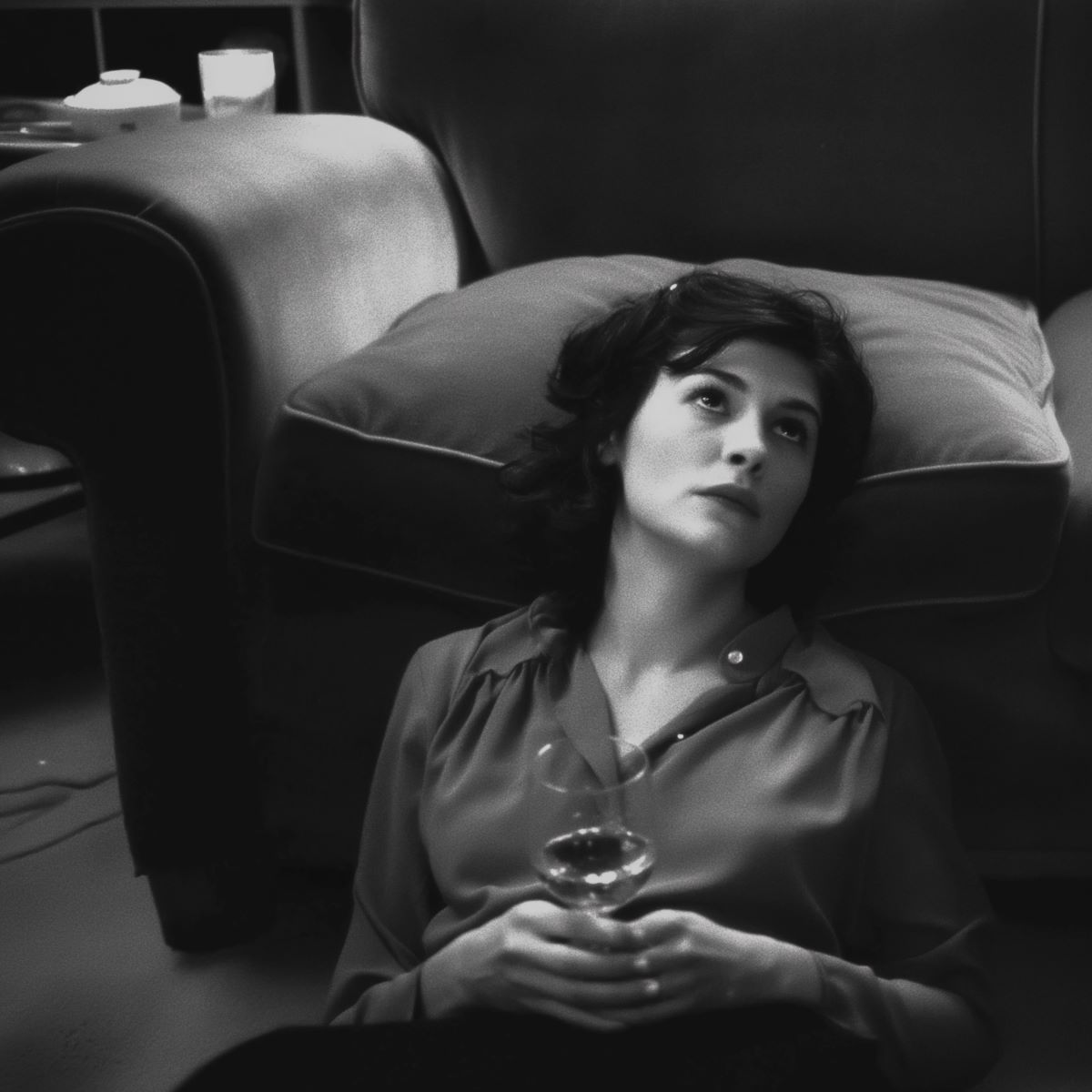

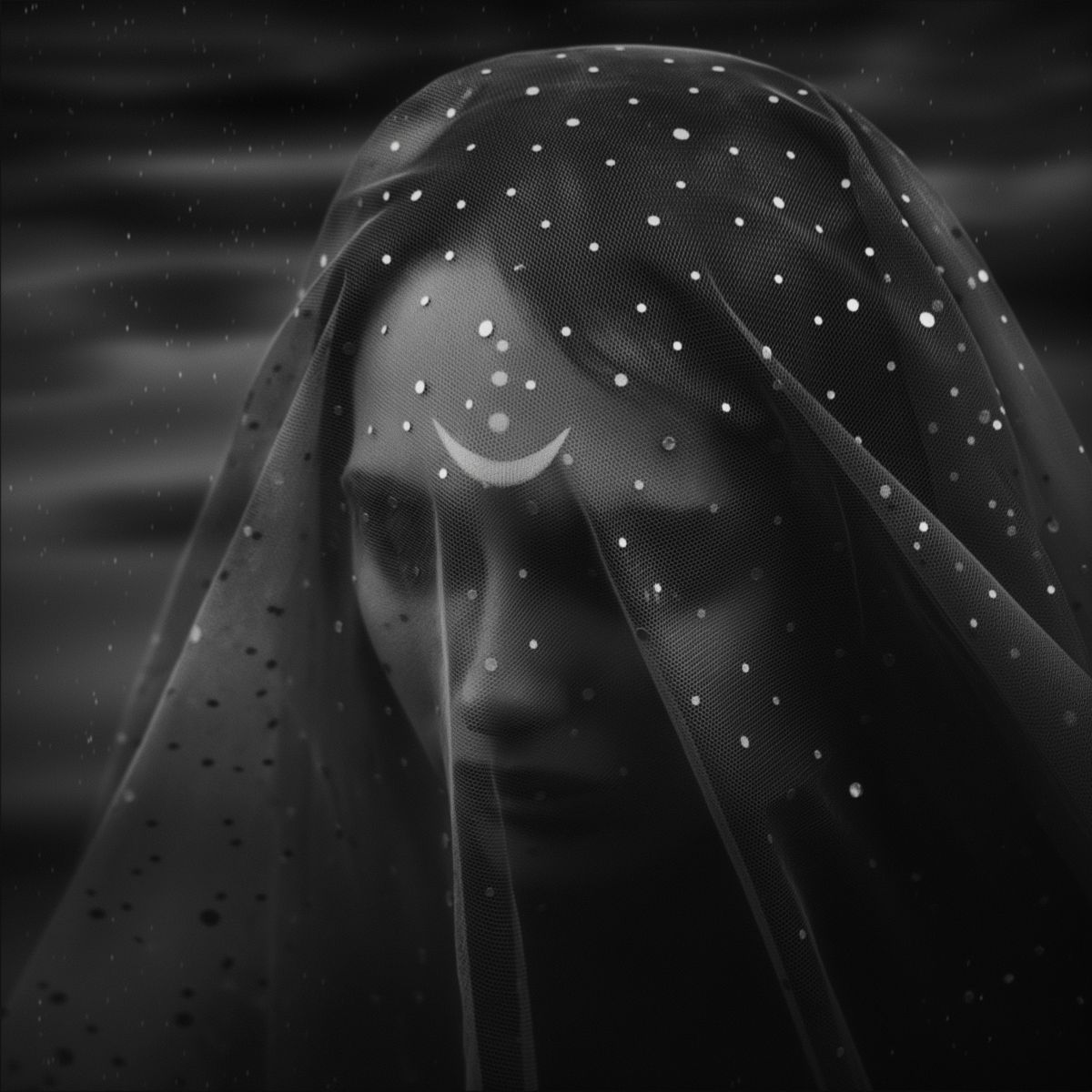
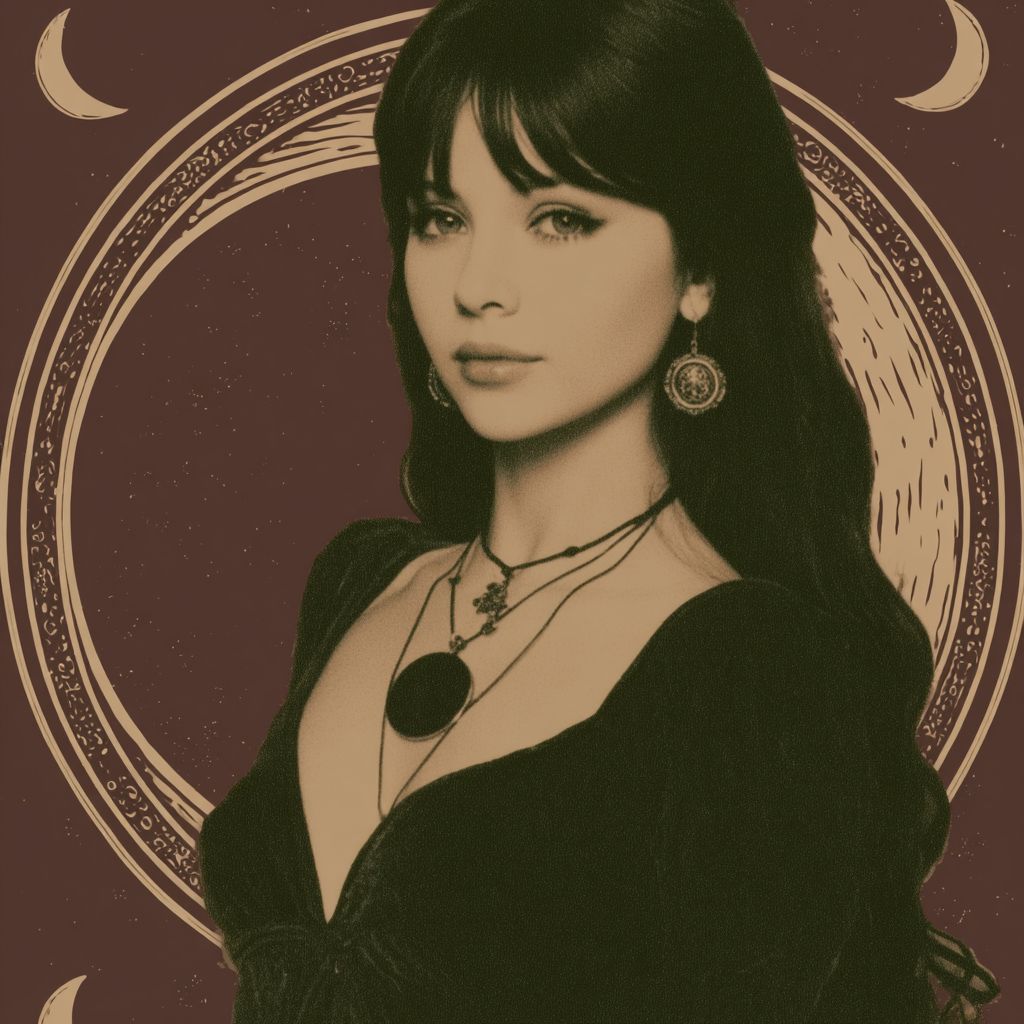
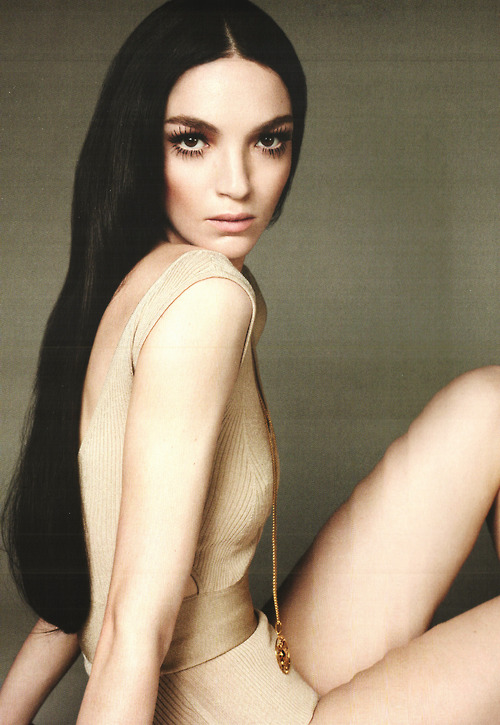
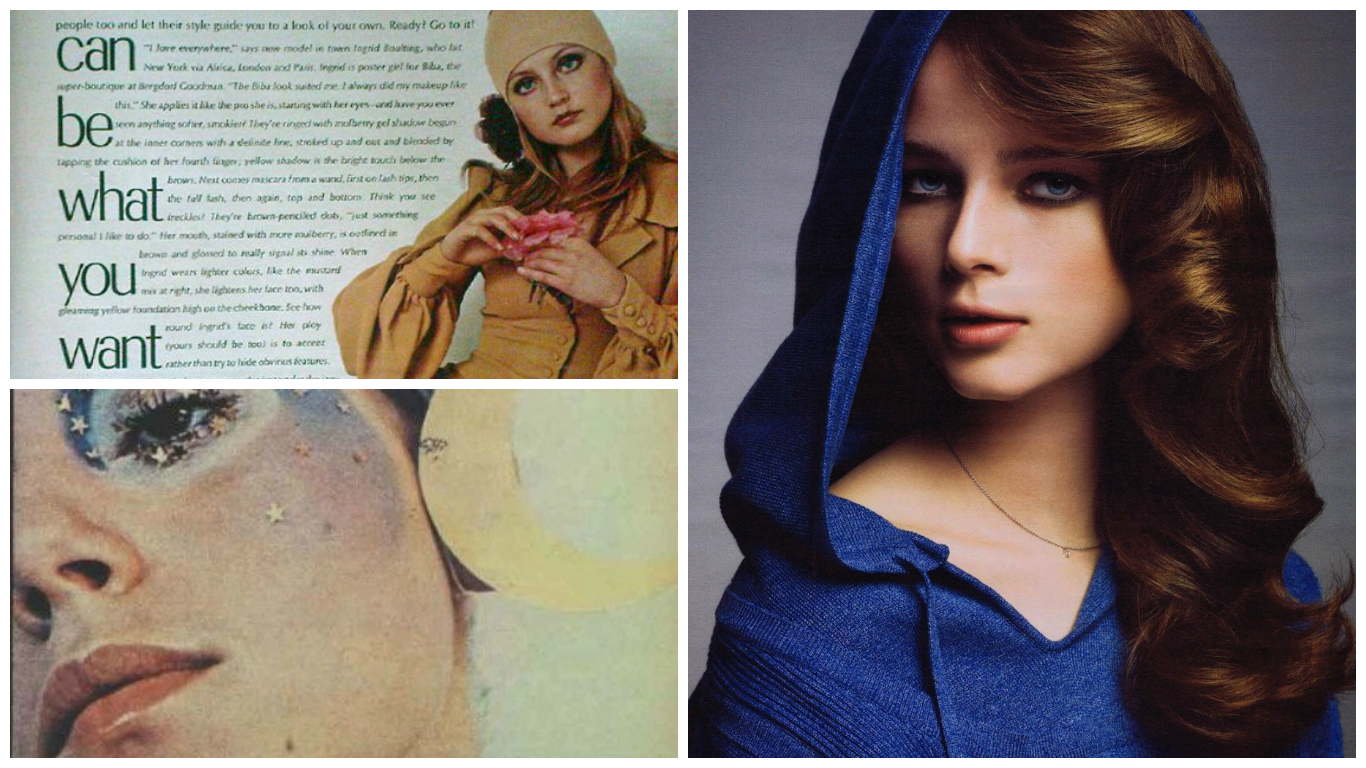
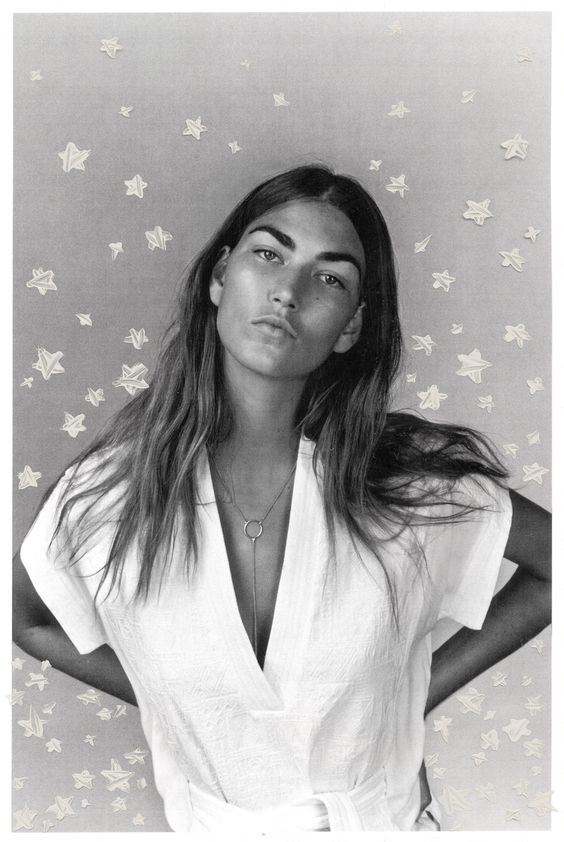

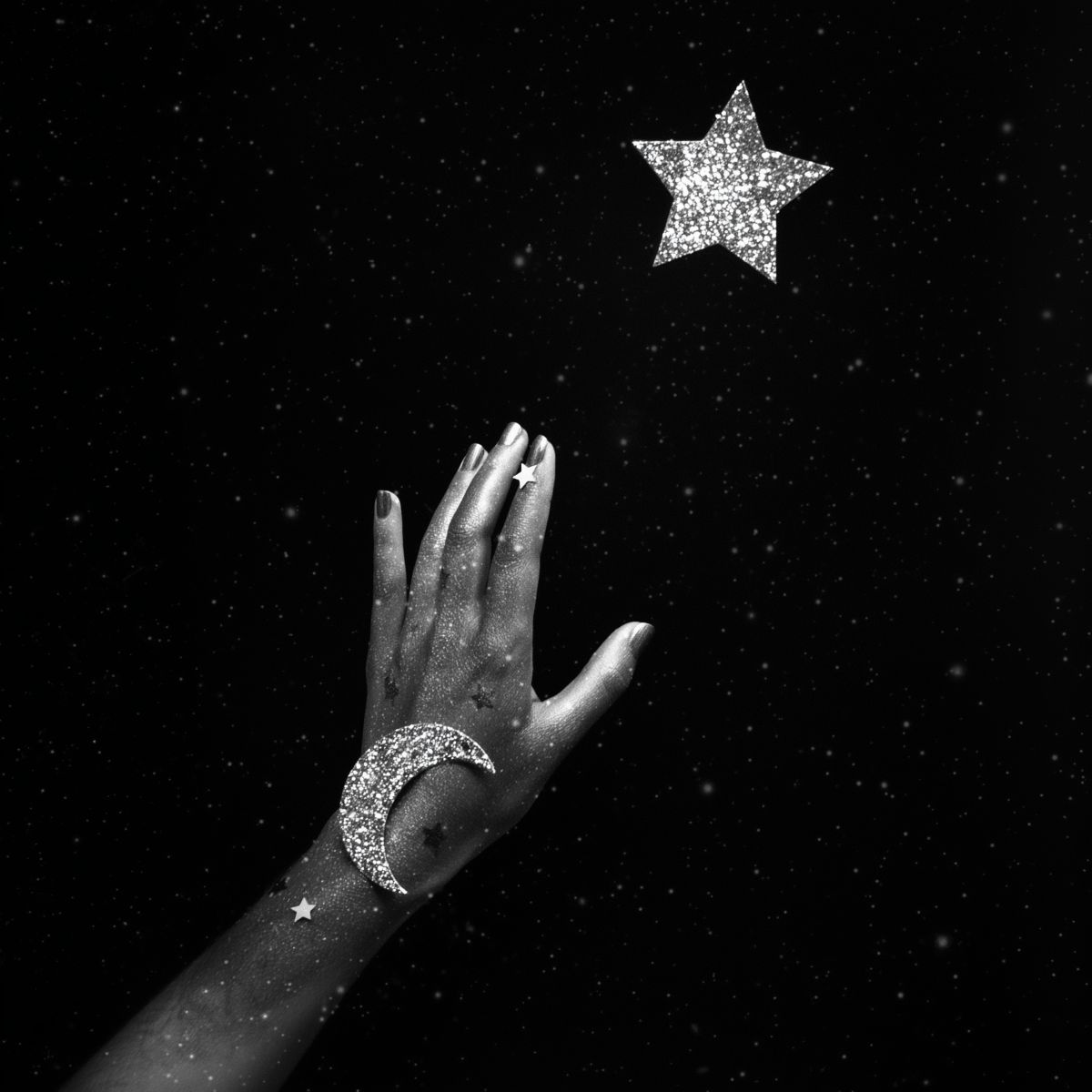
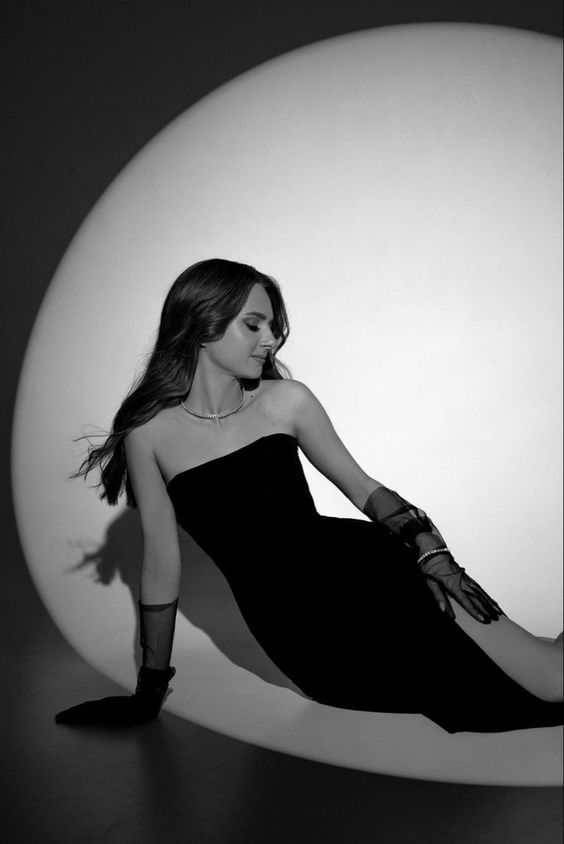
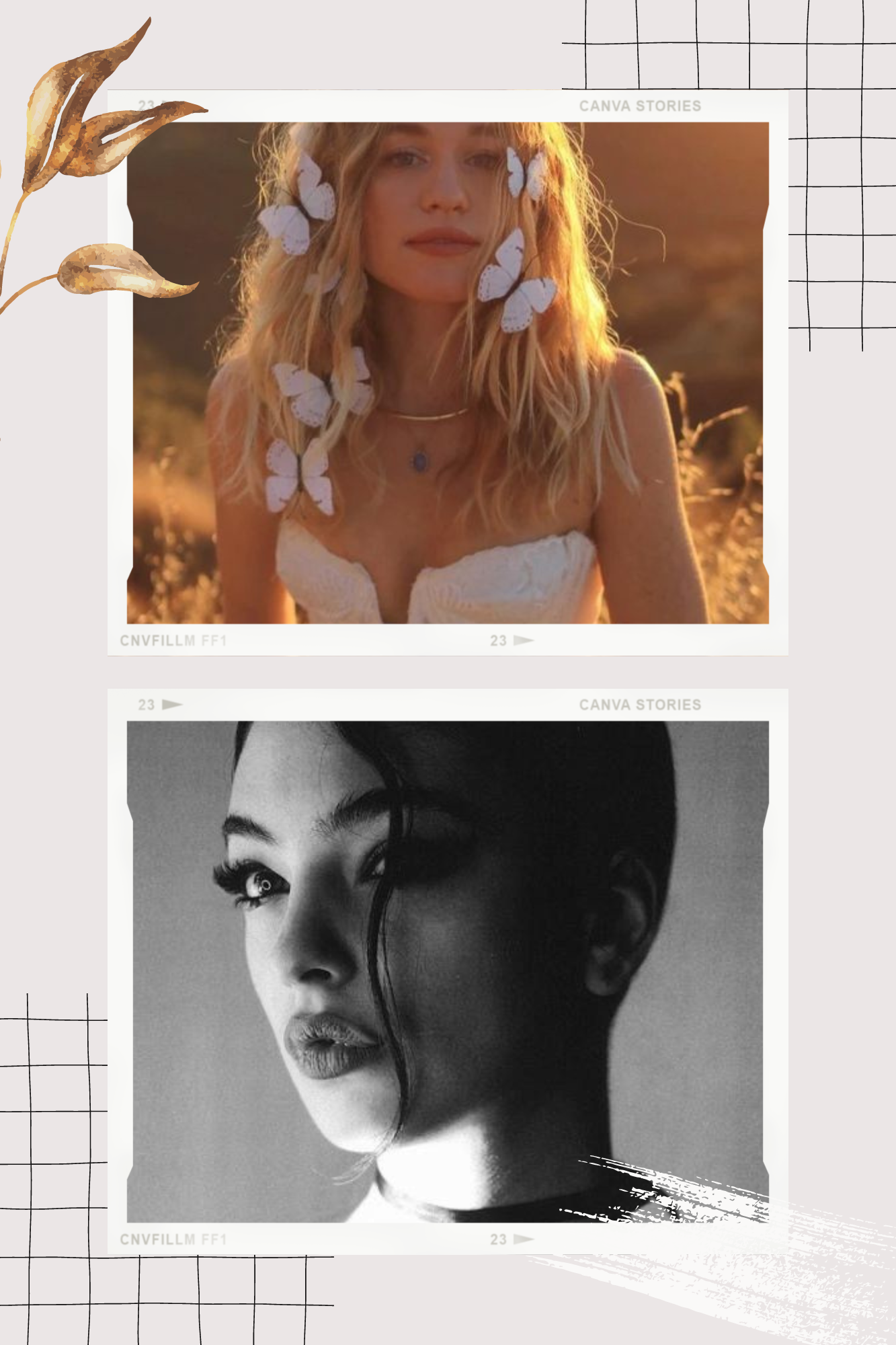
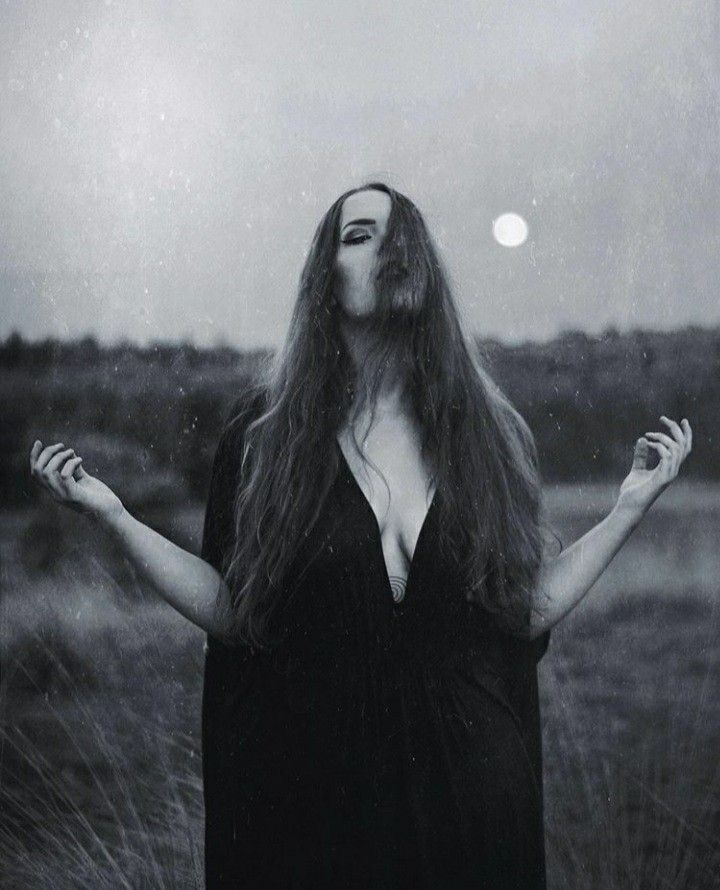


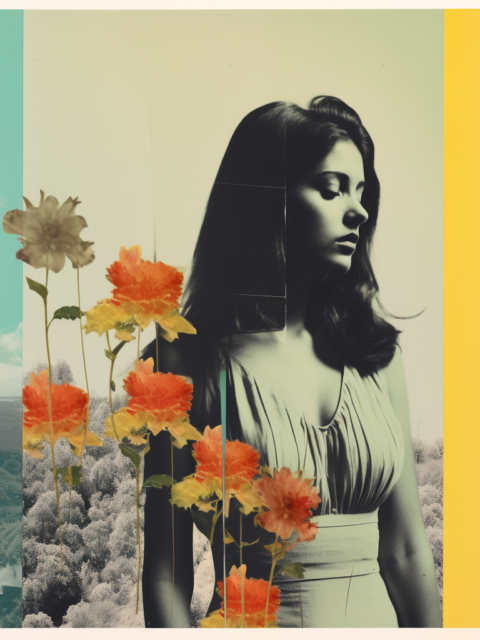
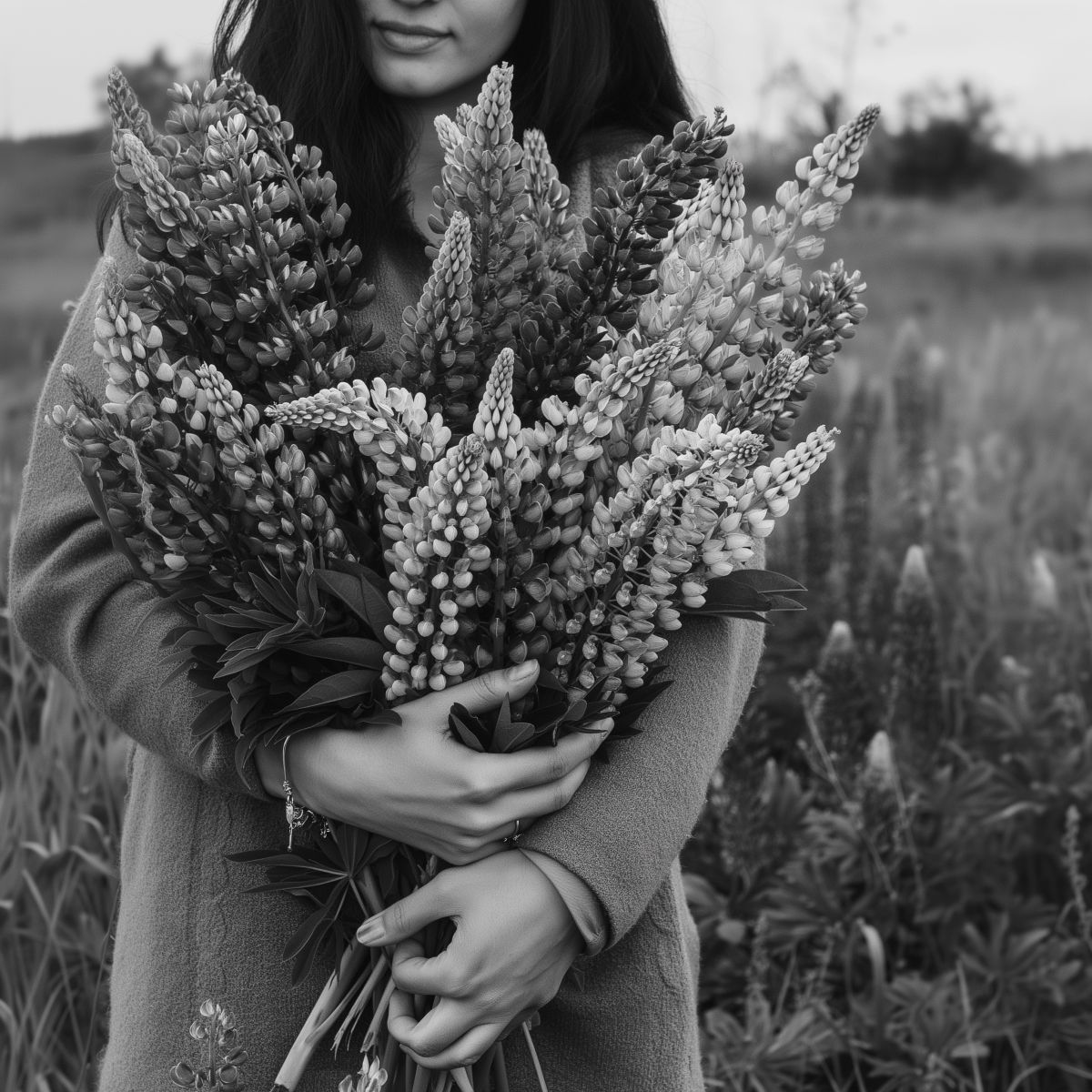 The Twin Journeys of Saturn’s Returns
The Twin Journeys of Saturn’s Returns
 Uranus Transits the 6th House
Uranus Transits the 6th House
 Moon Conjunct Pluto Synastry
Moon Conjunct Pluto Synastry
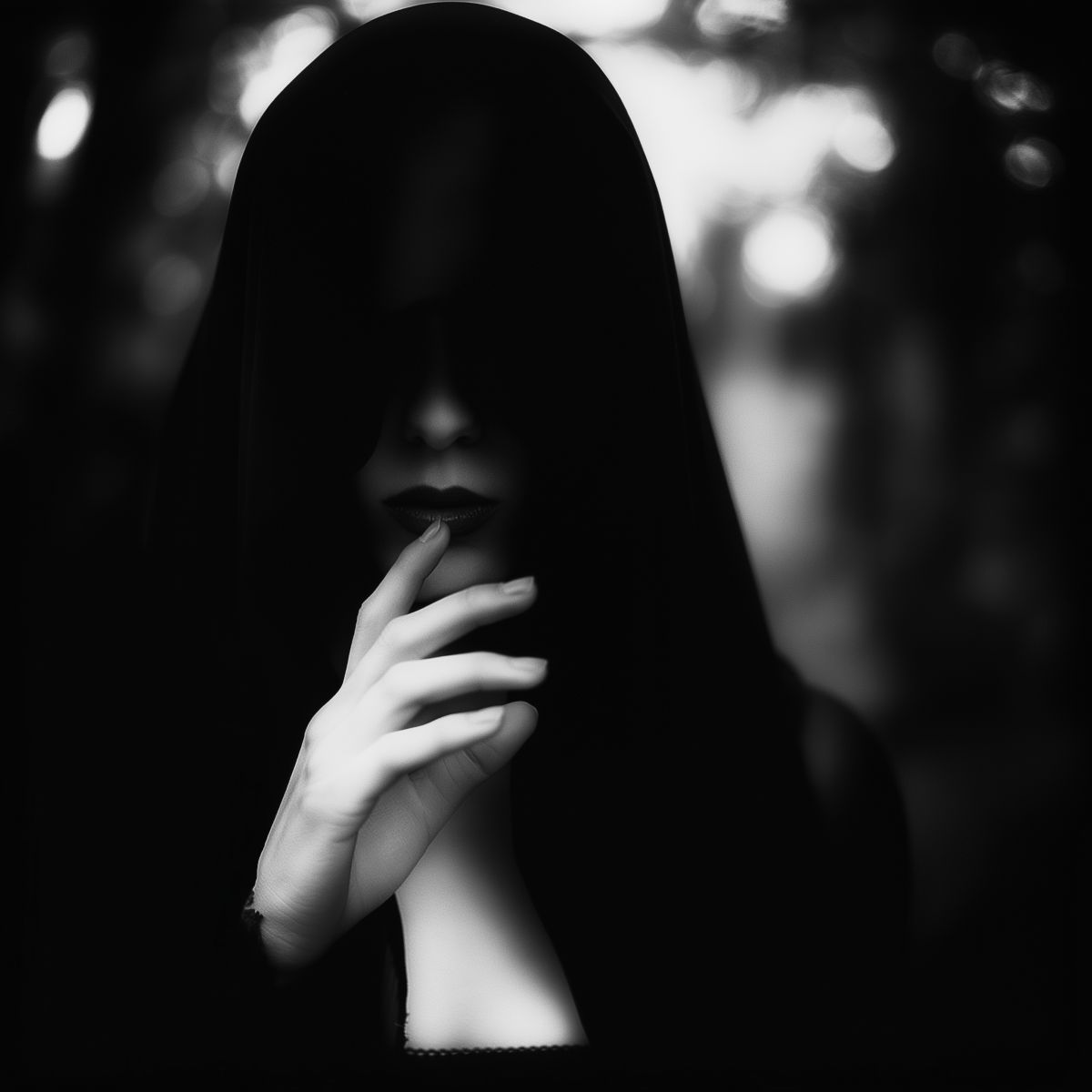 Pluto in the 8th House: Secrets of the Soul
Pluto in the 8th House: Secrets of the Soul
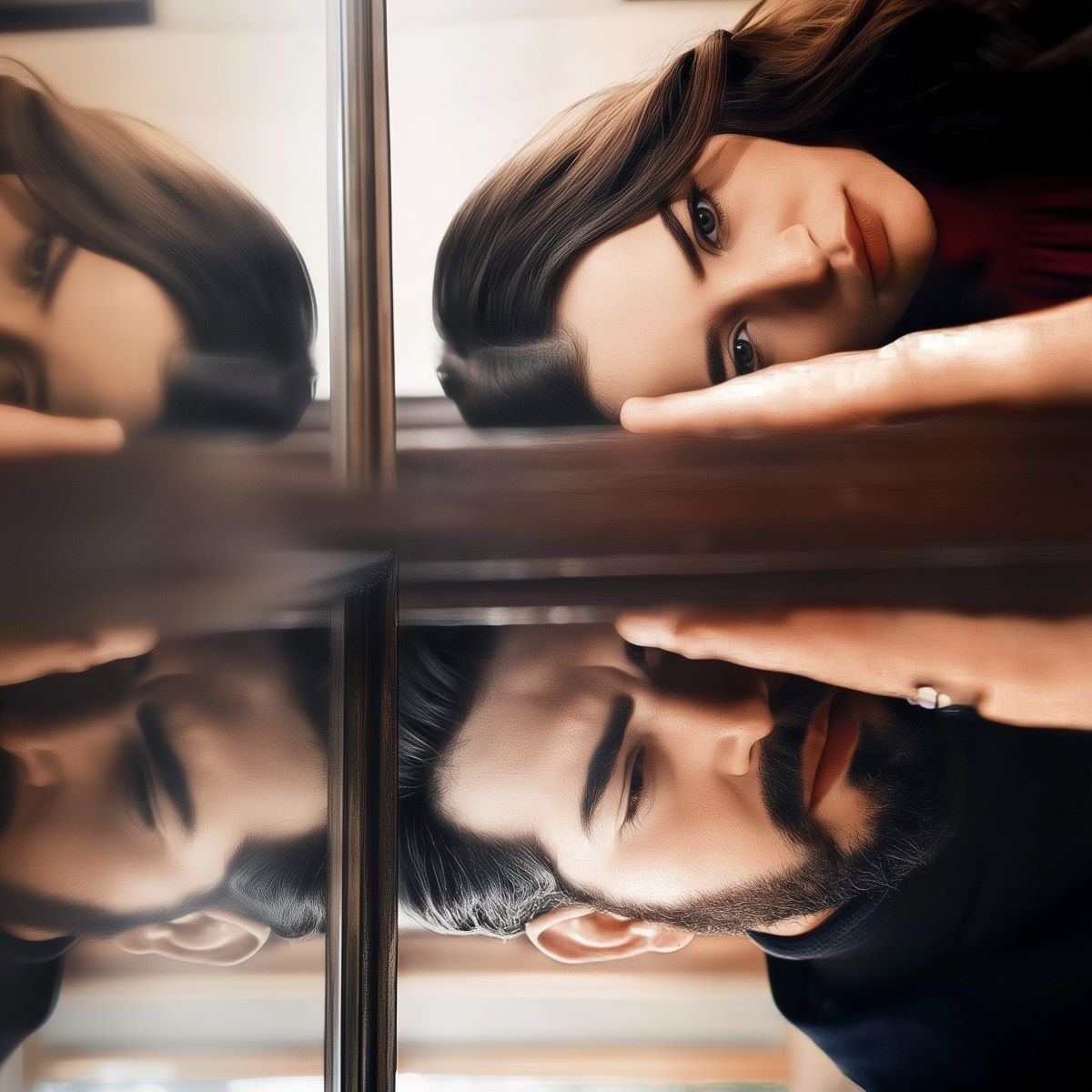 Mars-Saturn Synastry: The Eternal Loop
Mars-Saturn Synastry: The Eternal Loop
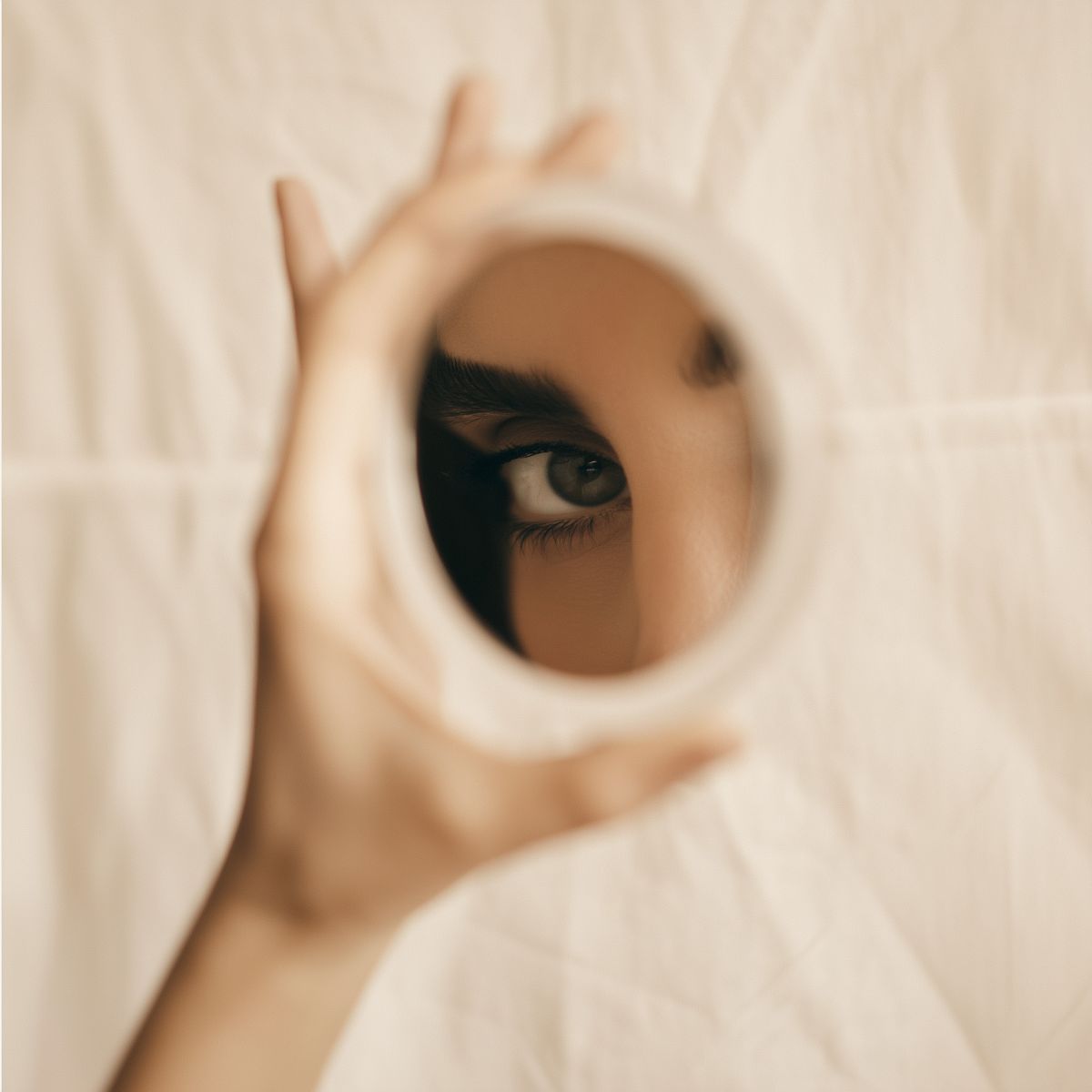 Venus-Pluto: The Death of Ideals
Venus-Pluto: The Death of Ideals
 Sun Square Pluto Synastry: You’ve Got That Power Over Me
Sun Square Pluto Synastry: You’ve Got That Power Over Me
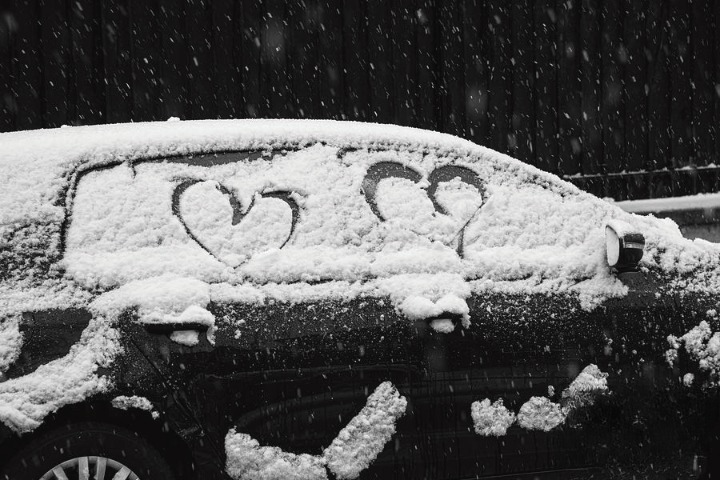 Composite Sun in the 8th House: Weather the Storm
Composite Sun in the 8th House: Weather the Storm
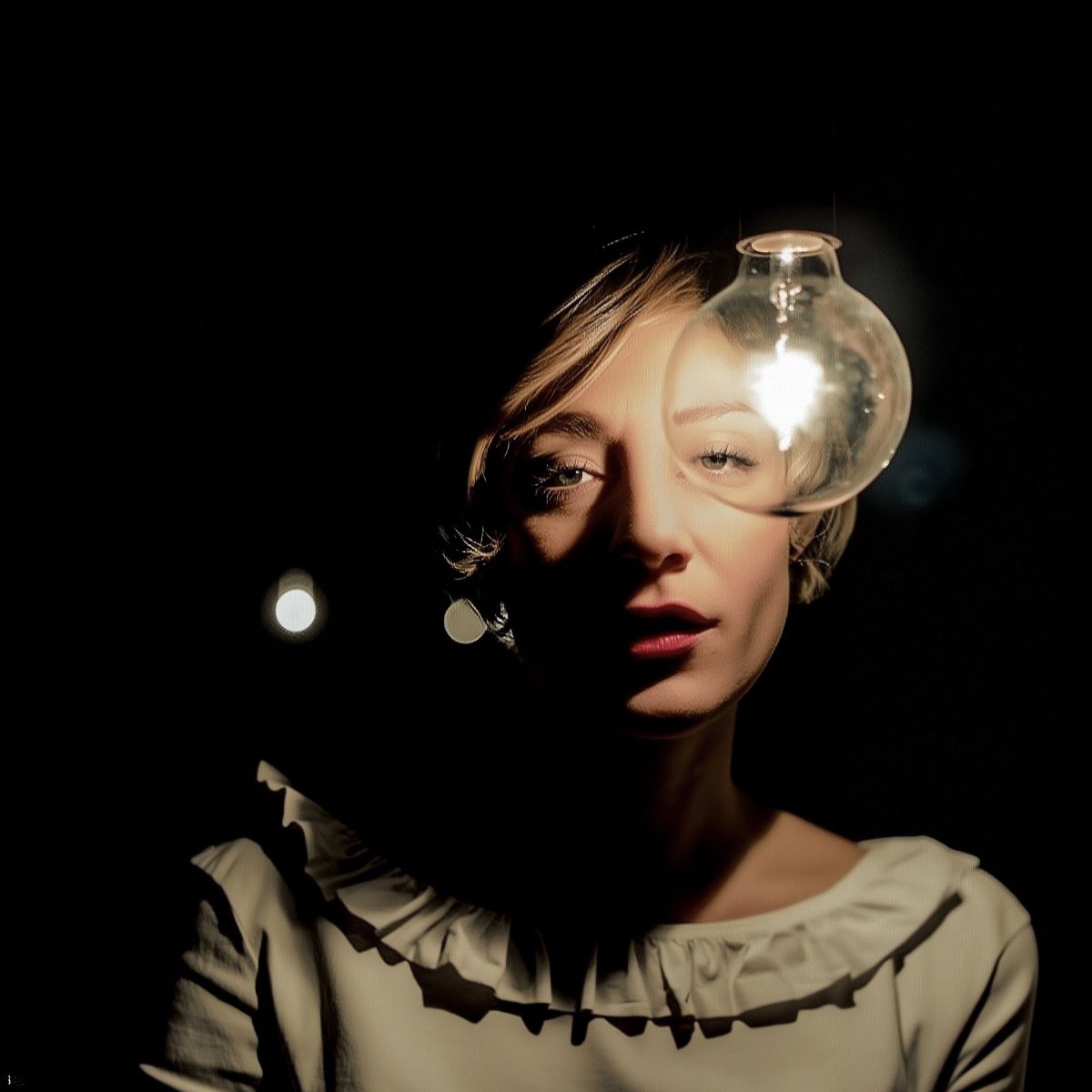 Sun Square Uranus Natal Aspect
Sun Square Uranus Natal Aspect
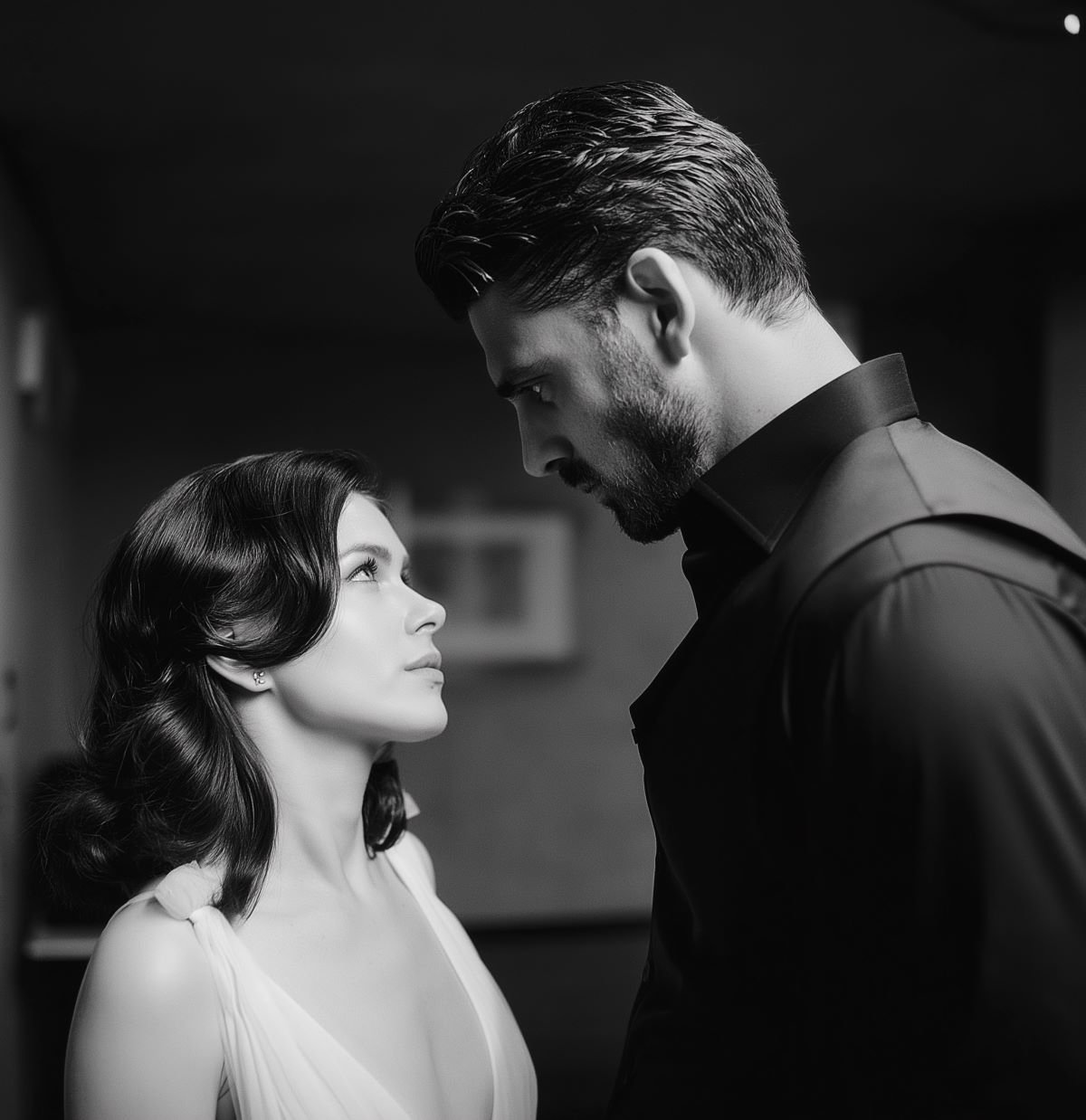 Mars Conjunct Pluto Synastry
Mars Conjunct Pluto Synastry
 Venus in the 5th House
Venus in the 5th House
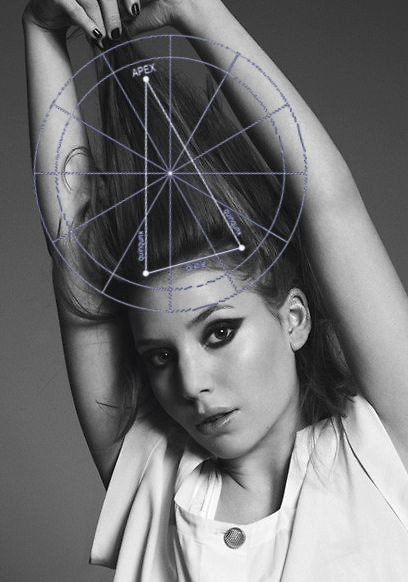 The Yod Aspect Pattern: The Mystical Power of the “Finger of Fate”
The Yod Aspect Pattern: The Mystical Power of the “Finger of Fate”
 Sun Trine Neptune Natal Aspect: When Imagination Takes the Lead
Sun Trine Neptune Natal Aspect: When Imagination Takes the Lead
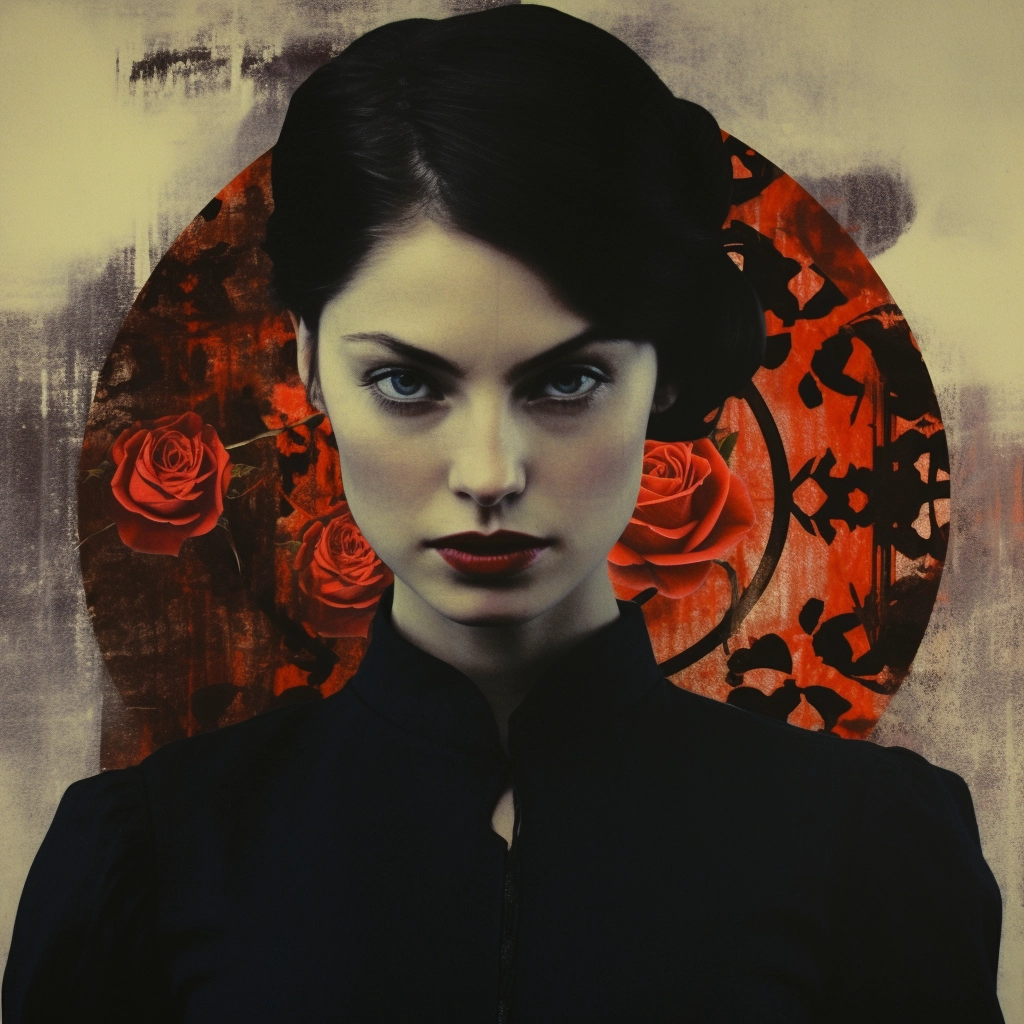 Venus Conjunct Pluto: The Enchantress of Obsession and Doom
Venus Conjunct Pluto: The Enchantress of Obsession and Doom
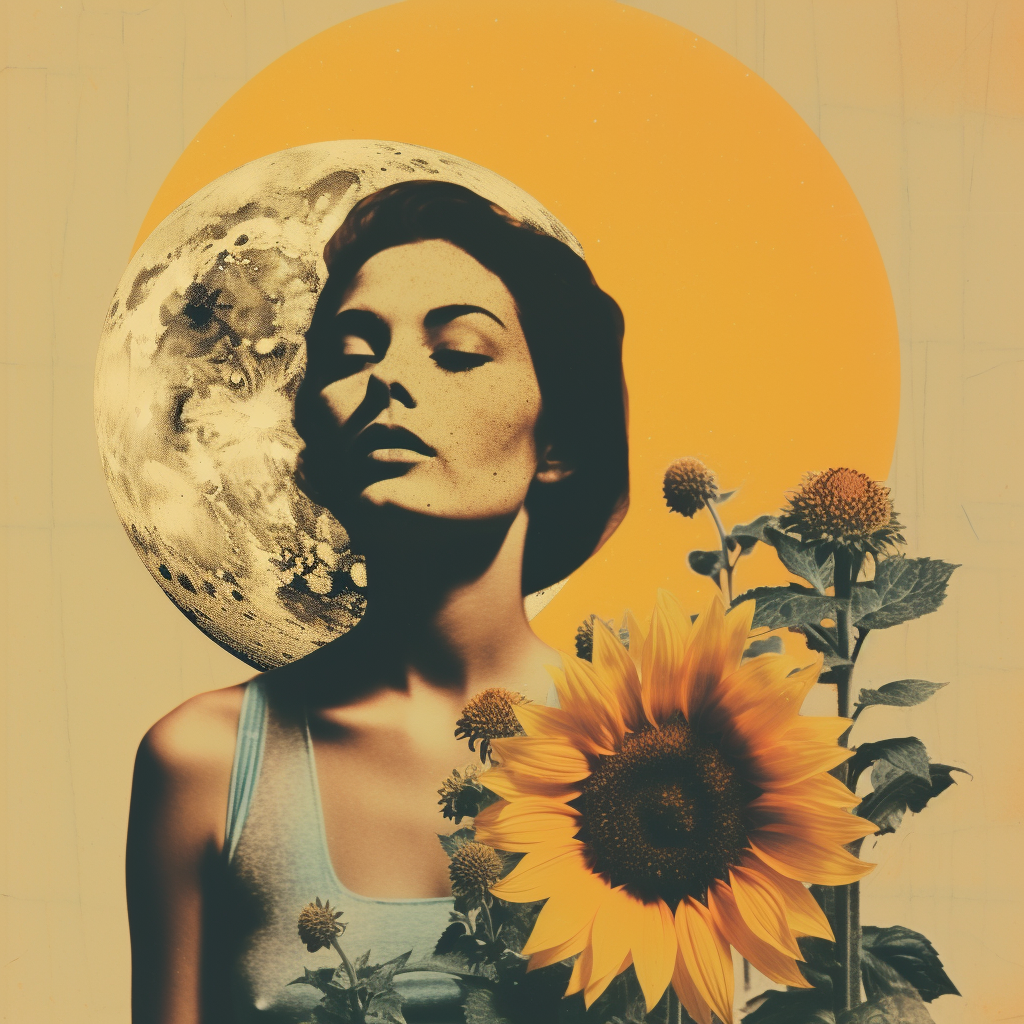 Sun Quincunx Moon Natal Aspect: Is There a Nagging Discontent?
Sun Quincunx Moon Natal Aspect: Is There a Nagging Discontent?
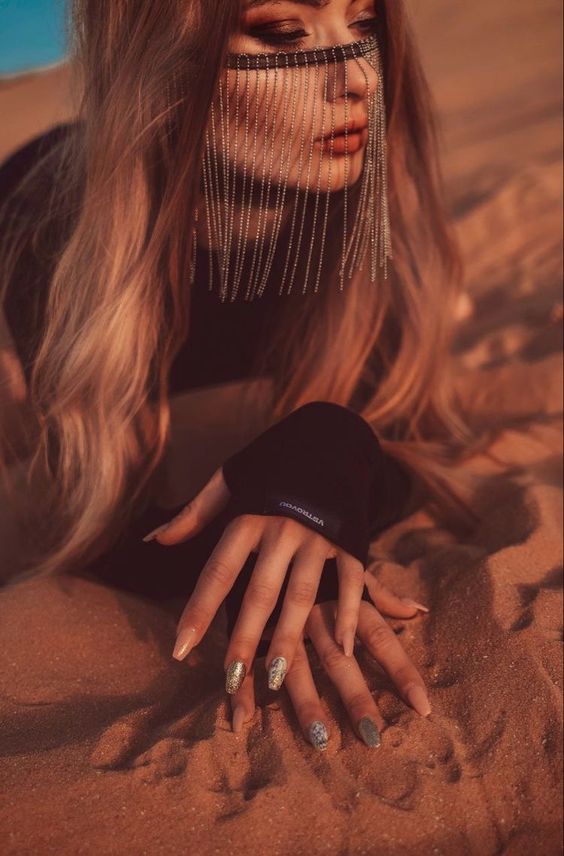 Transiting Pluto Aspect Natal Mars: Are You Mad as Hell
Transiting Pluto Aspect Natal Mars: Are You Mad as Hell
 Sun Conjunct Neptune Natal Aspect
Sun Conjunct Neptune Natal Aspect
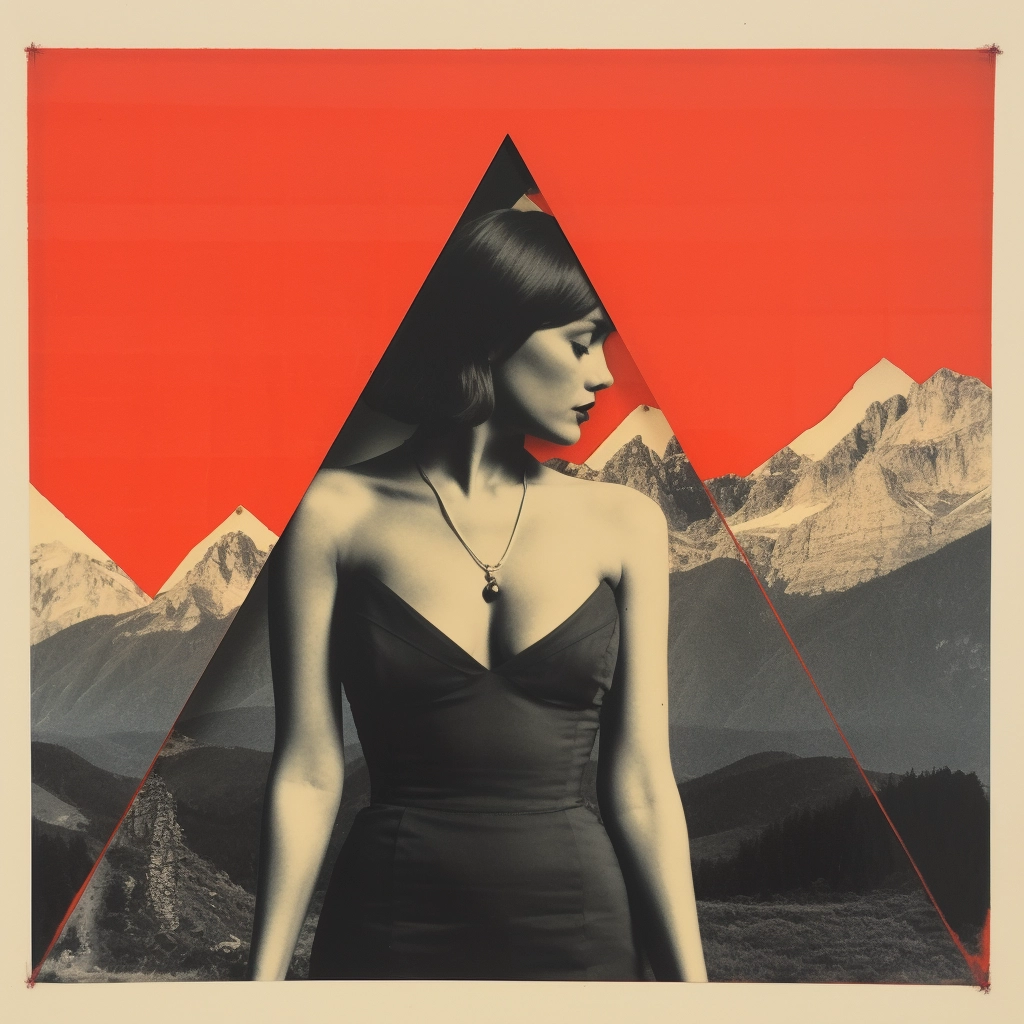 Pluto in the 10th House
Pluto in the 10th House
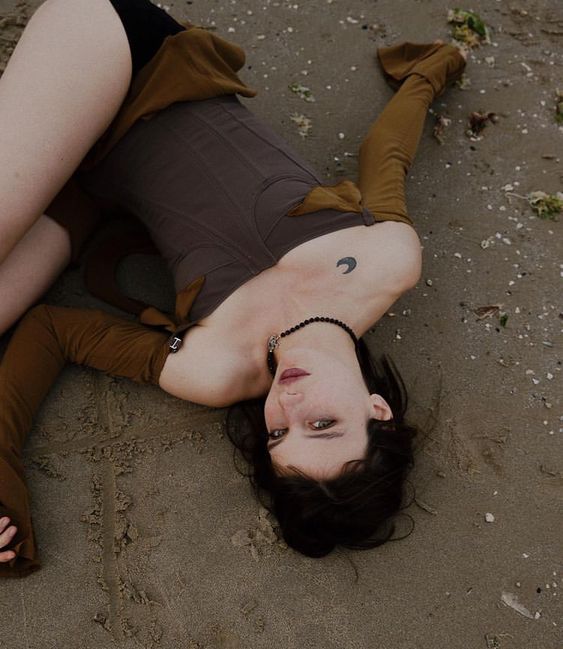 Moon Trine Pluto: Dancing with Shadows
Moon Trine Pluto: Dancing with Shadows
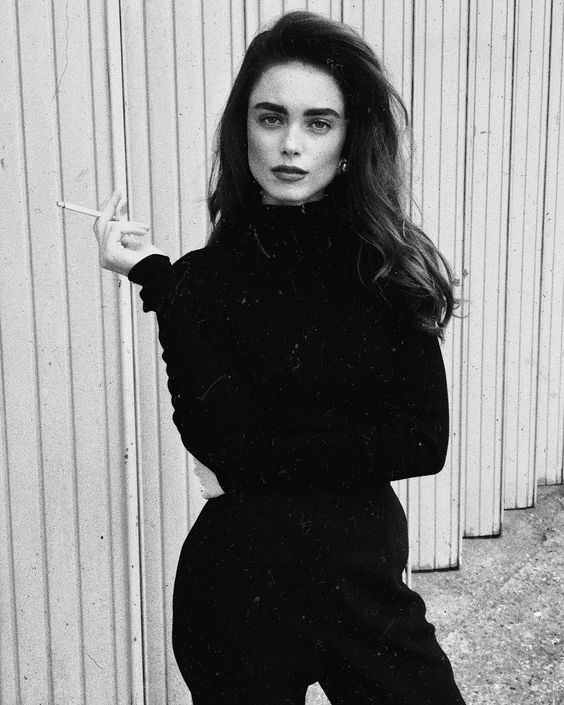 Scorpio’s Cold Withdrawal
Scorpio’s Cold Withdrawal